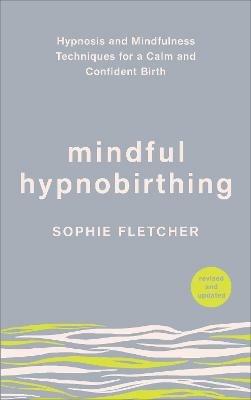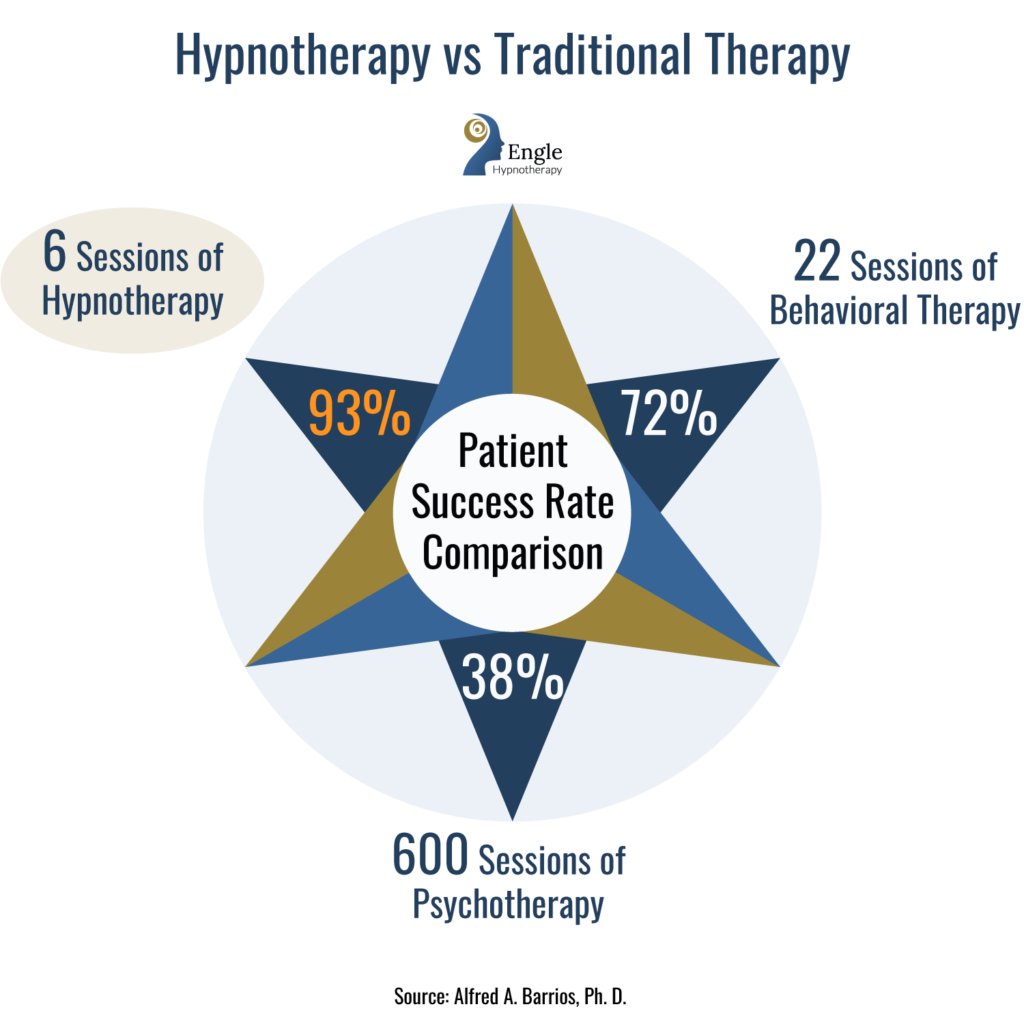
Behavioural activation (or behavioral activation) is a well-proven therapy that can reduce anxiety and lead to a fulfilling life. This technique is used in a variety of settings, such as hospitals, substance abuse units, or exercise classes. Additionally, the technique has been demonstrated to be effective in community settings. But, there are some issues with using behavioural activated therapies in mental healthcare. When you are using it in practice, here are some points to be aware of.
First, behavioural activated works by identifying the problems and activities that patients avoid. From there they create a value direction that they can follow in a given time frame. Patients should begin by making small changes to their daily activities and gradually increase their activity. Instead of trying to squeeze in too many activities into their day, patients should be able to start slowly and then build up. Doing something can cause a person to feel and think differently, which can result in them becoming more motivated.

Another important aspect of behavioural activation is educating clients on its goals. Clients may not be able to understand the purpose of therapy or why they are doing it. The client can get support from social media to help them follow through. You can also encourage your client to keep going with the plan by choosing a friend or family member. Clinicians should keep an eye on clients if there is a long gap between sessions to make sure they are on track.
Behavioral activation can apply to many different groups. Research on this technique has been done on a variety of age groups, ethnicities, and religious backgrounds. The basic model has been proven effective in treating various forms of depression. Behavioral activation offers a systematic method of treating anxiety and depression. A patient can begin behavioural activation when the therapist feels it will benefit them.
BA is relatively new. Although this technique has been around since the 1970s, it is still fairly new. Although this is a more effective method to treat depression than any other psychotherapies it is not the only one. If you are unsure if it is possible, it's worth it. You can get help from a therapist to learn how to do it on your own. The benefits of behavioural activation are obvious.

Mixed results have been reported for behavioural activation therapy. Although it is not as effective or as efficient as problem-solving therapy or treatment as usual, it can be an effective alternative. Depending on how well you implement behavioural activated treatment, you can treat the condition effectively. The best way to treat your condition is to implement a comprehensive program that addresses the root causes. If you are looking to improve your overall wellbeing, a well-planned plan will be a great way to start.
FAQ
Exercise: Good or Bad for Immunity?
Exercise is good exercise for your immune system. Your body makes white blood cells that fight infections when you exercise. You can also eliminate toxins from the body. Exercise can prevent diseases such as cancer and heart disease. It can also lower stress levels.
Exercising too frequently can make your immune system weaker. Your muscles can become sore if you exercise too much. This causes inflammation and swelling. The body then needs to make more antibodies to fight infection. These extra antibodies can lead to allergies or autoimmune disorders.
So, don't overdo it!
How do you measure body fat?
A Body Fat Analyzer will give you the most accurate measurement of body fat. These devices measure the body fat percentage in people who wish to lose weight.
What is the difference between sugar and fat?
Fat can be a source of energy that is obtained from food. Sugar is a sweet, naturally occurring substance in fruits and vegetables. Both sugars and fats have the same calories. However, fats contain more than twice as many calories as sugars.
Fats can be stored in the body, which can lead to obesity. They can cause cholesterol buildup, which can lead you to heart attacks and strokes.
Sugars are quickly absorbed by the body and provide instant energy. This causes blood glucose levels to rise. High blood glucose levels can be dangerous because it increases the risk of developing type II diabetes.
Statistics
- This article received 11 testimonials and 86% of readers who voted found it helpful, earning it our reader-approved status. (wikihow.com)
- According to the Physical Activity Guidelines for Americans, we should strive for at least 150 minutes of moderate intensity activity each week (54Trusted Source Smoking, harmful use of drugs, and alcohol abuse can all seriously negatively affect your health. (healthline.com)
- According to the 2020 Dietary Guidelines for Americans, a balanced diet high in fruits and vegetables, lean protein, low-fat dairy and whole grains is needed for optimal energy. (mayoclinichealthsystem.org)
- Extra virgin olive oil may benefit heart health, as people who consume it have a lower risk for dying from heart attacks and strokes according to some evidence (57Trusted Source (healthline.com)
External Links
How To
What does the term "vitamins" mean?
Vitamins are organic compounds found naturally in food. Vitamins are essential for our bodies to absorb nutrients from the foods we eat. Vitamins are not made by the body, so they must be obtained through food.
There are two types vitamins: water soluble or fat soluble. Water-soluble vitamins dissolve easily when they are dissolved in water. You can find vitamin C,B1 or thiamine, B2 or riboflavin and B3 or niacin, B3/niacin, B6/pyridoxine, folic Acid, biotin and pantothenic Acid as examples. Fat soluble vitamins are stored in the liver and fatty tissue. You can find vitamin D, E K, A, beta carotene, and other fat-soluble vitamins.
Vitamins are classified according their biological activity. There are eight major categories of vitamins.
-
A - essential for normal growth and maintenance of health.
-
C – essential for proper nerve function.
-
D - necessary for healthy bones and teeth.
-
E is necessary for good vision, reproduction.
-
K - required for healthy muscles and nerves.
-
P – vital for building strong bones.
-
Q - aids digestion, absorption and absorption iron
-
R is required for the production of red blood cells.
The recommended daily allowance (RDA) of vitamins varies depending on age, gender, and physical condition. RDA values are set by the U.S. Food and Drug Administration (FDA).
For example, the RDA for vitamin A is 400 micrograms per dayfor adults 19 years or older. Because it is essential for the development of the fetus, pregnant women should consume 600 micrograms per daily. Children ages 1-8 require 900 micrograms per day. Babies under one-year old require 700 mg per day. Between 9 and 12 years of age, however, this drops to 500 mg per day.
Children between the ages 1--18 years old who are overweight or obese require 800 micrograms per Day, while those who are overweight or obese need 1000 micrograms. To meet their nutritional needs, children underweight and obese require 1200 micrograms a day.
2200 mg of vitamin A per day is required for children aged 4-8 who have been diagnosed by anemia.
Adults over 50 years of age need 2000 micrograms per day for general health. Due to their increased nutrient needs, pregnant and breastfeeding women need 3000 micrograms daily.
1500 micrograms is the recommended daily intake for adults aged 70+, who lose approximately 10% of muscle each year.
Women who are pregnant and lactating need more nutrients than the RDA. Pregnant mothers need 4000 micrograms per daily during pregnancy and 2500 after giving birth. Breastfeeding mothers need to consume 5000 micrograms every day when breastmilk has been produced.